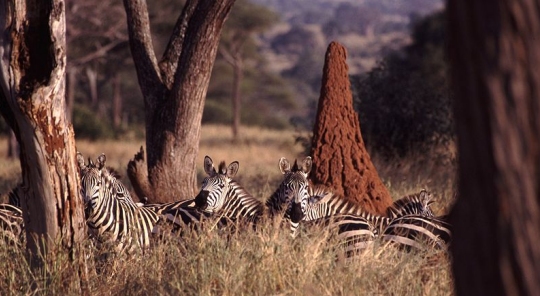
I don’t watch many documentaries. There are two main reasons. First, I think video is an inefficient way to learn. I can learn more quickly by reading, and I tend to remember what I read better than what I watch. In addition, it is hard to check references and confirm facts while watching a video. It is much easier to do so while reading.
The other reason is that documentaries are often incredibly biased. For example, I enjoyed Ben Stein’s documentary (Expelled: No Intelligence Allowed), but it was not objective in any way. It is clear that Stein had made up his mind before he made his film, and the film was shot in such a way as to present his view in the most positive light possible. While written sources of information can be just as biased, the video medium adds more opportunity to slant things because you can manipulate lighting, sound, etc., to make people who disagree with you look bad while at the same time, making the people who agree with you look really good.
Nevertheless, a very dear friend of mine (who is a historian) asked me to watch the documentary Patterns of Evidence: Exodus with her. I agreed, and overall, I am glad that I did. The movie is about director Tim Mahoney’s search for archaeological evidence concerning the Exodus of the Israelites from Egypt as discussed in the Old Testament. Many archaeologists say that such a search is fruitless, because there is no evidence that anything like the Exodus ever occurred in Egypt. Indeed, as historian Dr. Baruch Halpern says:
The actual evidence concerning the Exodus resembles the evidence for the unicorn.
However, if the Exodus occurred as discussed in the Bible, one would think there would be archaeological evidence for it. Since the historical accuracy of the Bible is important to Mahoney (and many Christians throughout the world), he decided to see if historians and archaeologists like Dr. Halpern are correct. As a result, he traveled around the world to interview archaeologists and historians to see what they thought and to look at the evidence for himself.








